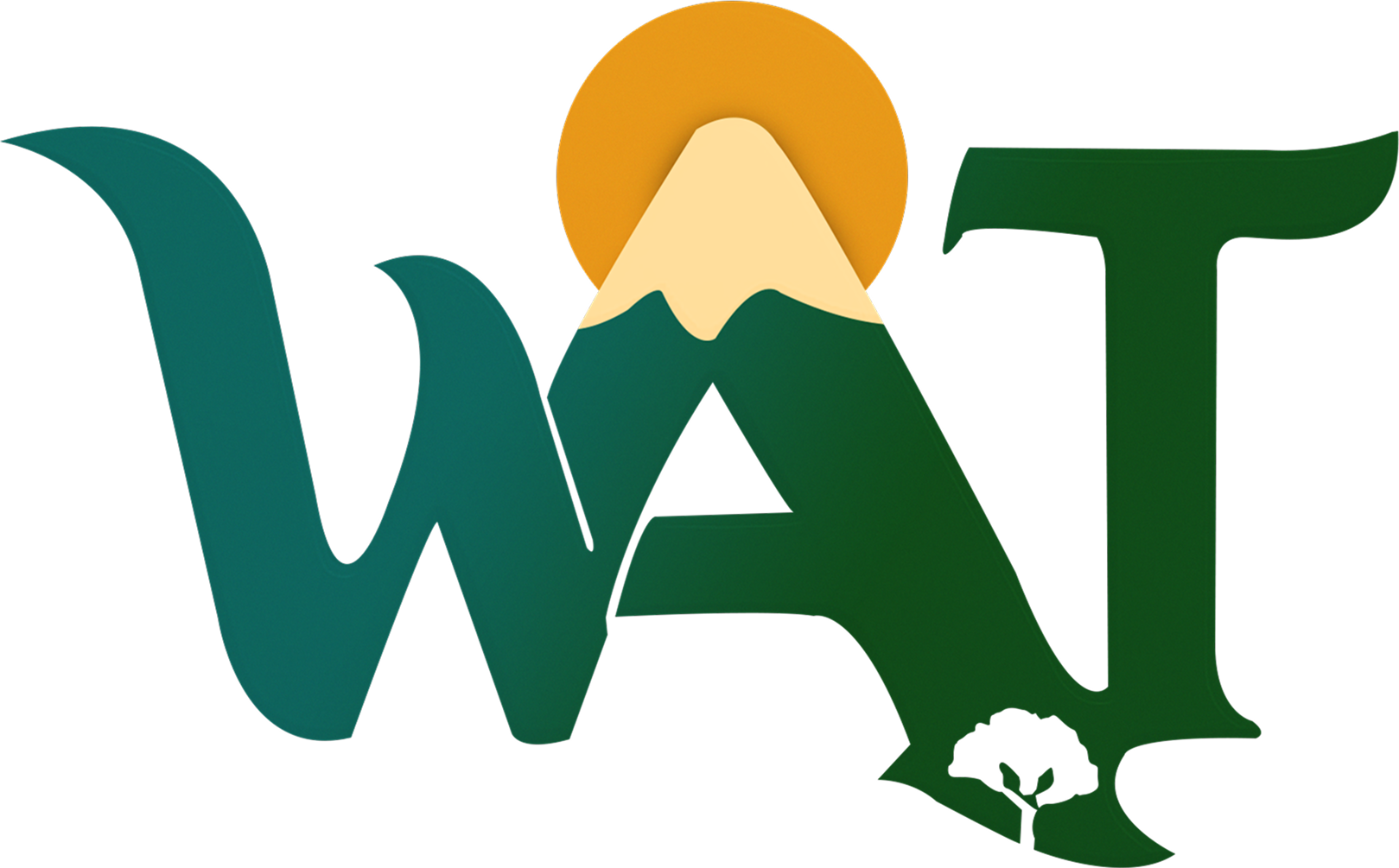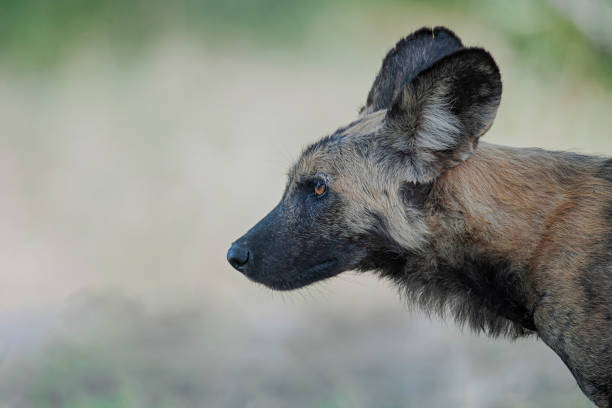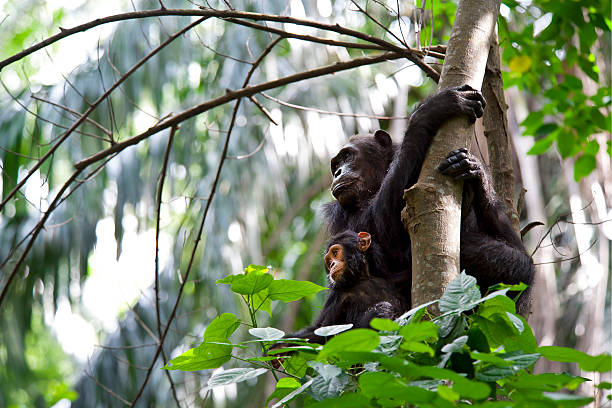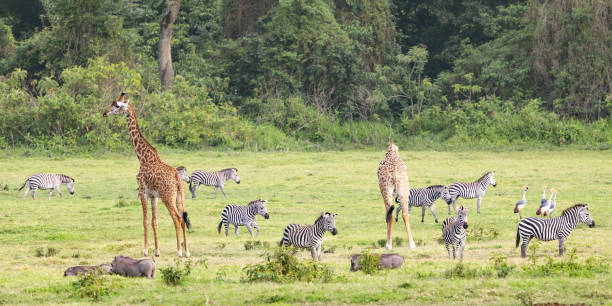Machame Kilimanjaro Route – 6–7 Days Itinerary, Cost & Success Rate

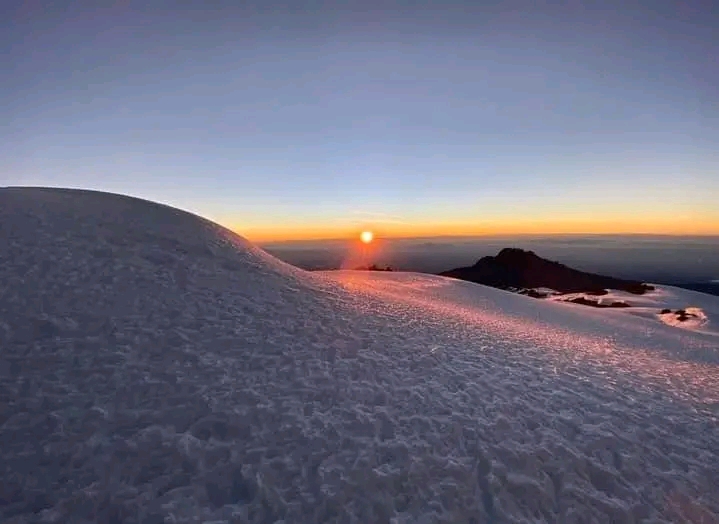
Climb Mount Kilimanjaro via the Machame (“Whiskey”) Route, one of the most scenic and popular paths to Africa’s highest peak.
This western approach traverses lush rainforests, alpine moorlands, and the dramatic Shira Plateau, culminating with the famous Barranco Wall ascent.
It offers breathtaking, ever-changing scenery and is an excellent choice for adventurous trekkers with some hiking experience.
Duration: 6–7 days on the mountain (plus travel days)
Difficulty: Strenuous (steep sections, rapid ascent)
Success Rate: ~85% on the 7-day itinerary
Accommodation: Camping only (tents; no huts)
Get Your Free Climbing Plan
Route Overview
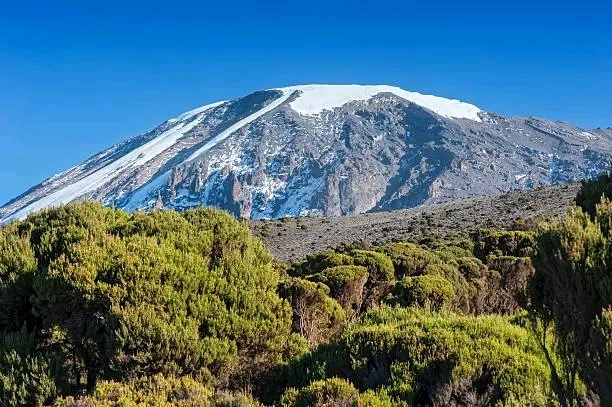
The Machame Route, often called the “Whiskey Route,” is a highly popular and exceptionally scenic climb up the southwest side of Kibo, Kilimanjaro's main peak.
It begins in a vibrant rainforest, home to unique flora and fauna, before ascending through heather and sprawling moorland. Trekkers are rewarded with magnificent views as they cross the vast Shira Plateau and circle the Southern Icefield.
Notable highlights that define this route include the otherworldly landscape surrounding the Lava Tower and the thrilling, hands-on scramble up the challenging Barranco Wall.
While the Machame Route is not considered technically difficult, it involves many steep ascents and descents, creating a rugged "climb high, sleep low" profile that is excellent for acclimatization.
For this reason, the 7-day itinerary is highly recommended over the 6-day version to give your body the best chance to adapt to the altitude, significantly increasing your summit chances.
Is the Machame Route Right for You?
Deciding on the right path up Kilimanjaro is crucial for a successful and enjoyable experience. Here’s a quick guide to see if the Machame Route fits your climbing style.
Best for: This route is perfect for moderately experienced hikers who are comfortable with multi-day trekking and camping. Photography enthusiasts will be in heaven, as it is widely regarded as the most picturesque route on the mountain.
Consider if: You enjoy the ruggedness and immersion of camping and are physically prepared for steep sections, particularly the famous Barranco Wall scramble. A good level of fitness is essential.
Not ideal if: You dislike crowds, as Machame is one of the busiest routes, especially during peak season. If you have no camping experience or strongly prefer the comfort of a bed and mattress, this route is not for you.
Alternatives
If comfort is a priority and you prefer sleeping in huts, consider the Marangu Route.
For even higher success rates and a more gradual acclimatization profile, look into the Lemosho Route.
Machame 6 or 7 Days – Which to Choose?
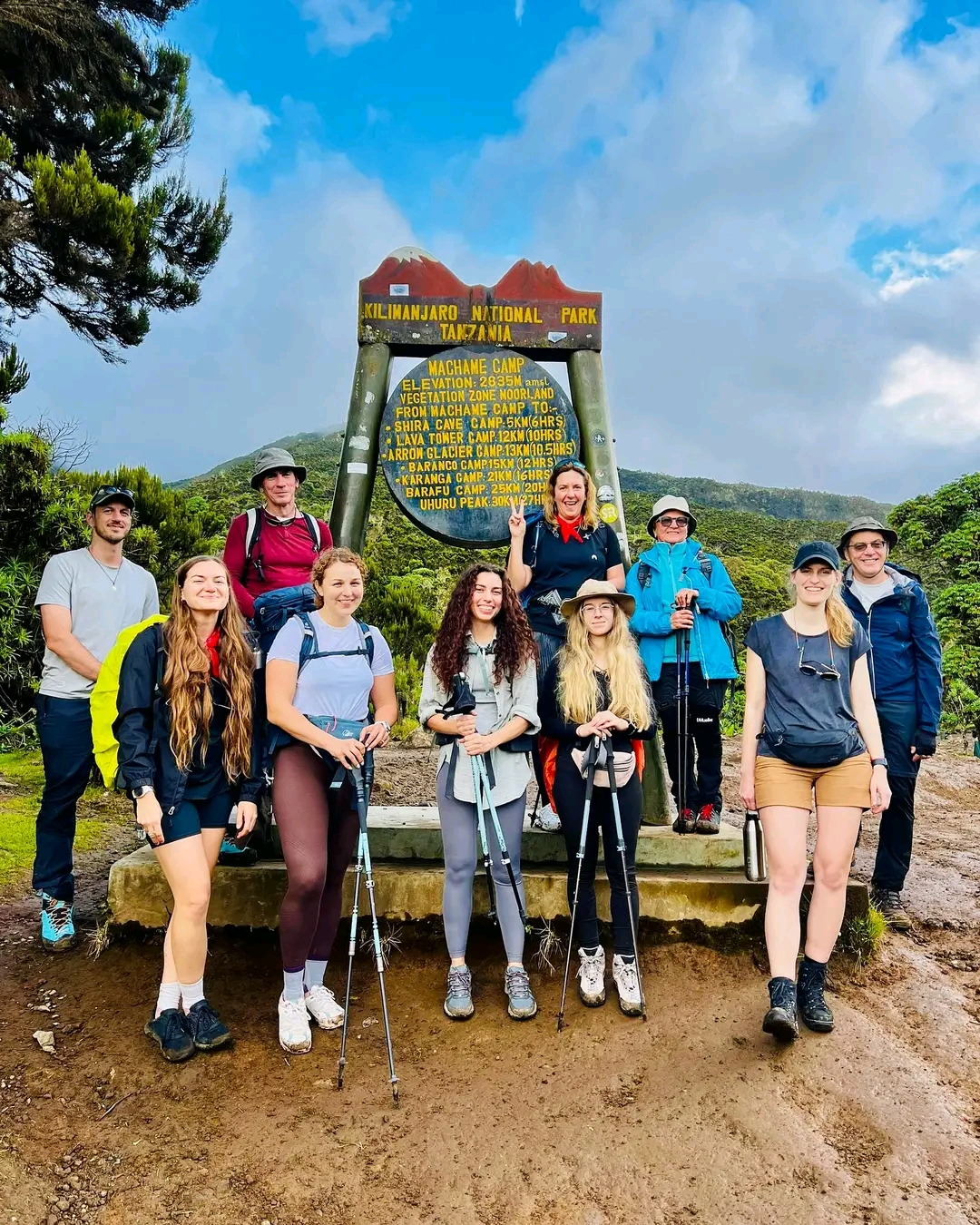
The extra day on the mountain can make all the difference. While a 6-day trek is possible, the 7-day option significantly boosts your chances of reaching the summit safely.
6-Day Machame
This is a condensed version of the trek, best suited for trekkers who are short on time and are already well-acclimatized or have previous high-altitude experience.
Pros: Lower overall cost and requires one less day away from home or other travel plans.
Cons: The acclimatization schedule is very rushed. This leads to a lower average summit success rate of around 73% and a much higher chance of experiencing fatigue and symptoms of altitude sickness.
7-Day Machame
This is the recommended itinerary for most trekkers, providing a much better acclimatization schedule and a more enjoyable pace.
Pros: An extra day allows for a crucial "climb high, sleep low" cycle before the final ascent. This results in a higher success rate of approximately 85% and a more manageable summit night.
Cons: The trip costs slightly more due to the extra day on the mountain, and it requires a longer time commitment.
Need help deciding? Fill in your experience and we’ll recommend the best itinerary for you.
Machame Itinerary (Day by Day)
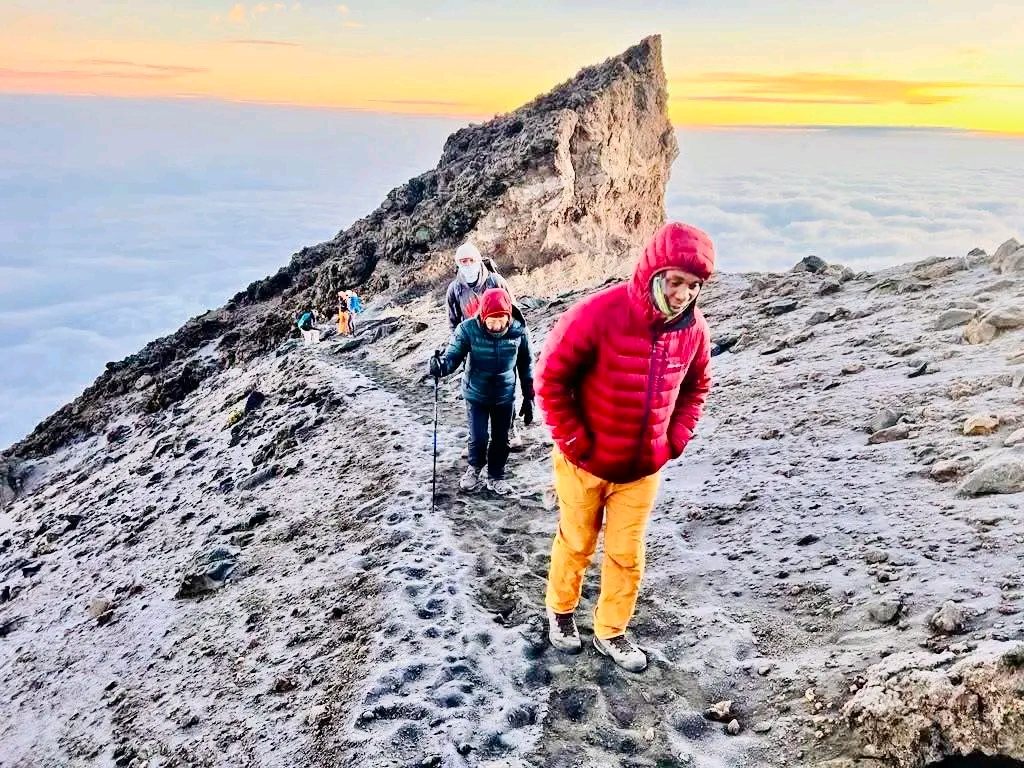
This itinerary outlines the standard 7-day trek. The 6-day version typically combines days 4 and 5, making for a very long and strenuous day before the summit push.
Day 1: Machame Gate (1,790m) → Machame Camp (3,000m)
Hiking time: 5–7 hours
After registering at the park gate, your journey begins in the dense, misty rainforest. The trail is often muddy but beautiful, with ancient trees, giant ferns, and exotic flowers. You may hear or see blue monkeys or the black-and-white colobus monkeys in the canopy above before arriving at Machame Camp.
Day 2: Machame Camp (3,000m) → Shira 1 Camp (3,810m)
Hiking time: 4–6 hours
Today, you'll leave the forest behind as the trail steepens. The vegetation changes dramatically, entering the heather and moorland zone characterized by giant heathers and senecios. As you traverse a rocky ridge, you'll get your first stunning views of the western face of Kilimanjaro as you arrive at the Shira Plateau.
Day 3: Shira 1 Camp (3,810m) → Lava Tower (4,640m) → Barranco Camp (3,960m)
Hiking time: 6–8 hours
This is a critical acclimatization day. You'll ascend nearly 800 meters to the base of the iconic Lava Tower, a 300-foot volcanic rock formation. After lunch here, you'll descend into the magnificent Barranco Valley. This "climb high, sleep low" process is vital for helping your body adapt to the altitude before setting up camp beneath the imposing Barranco Wall.
Day 4: Barranco Camp (3,960m) → Karanga Camp (4,040m)
Hiking time: 4–5 hours
The day starts with the main event: conquering the Barranco Wall. While it looks intimidating, it's a non-technical scramble that requires you to use your hands and feet. Your guides will show you the way. At the top, you're rewarded with incredible views. The rest of the day involves a series of ups and downs before reaching Karanga Camp.
Day 5: Karanga Camp (4,040m) → Barafu Camp (4,680m)
Hiking time: 3–4 hours
This is a short but important hiking day, allowing you plenty of time to rest before the summit attempt. The trail crosses a desolate alpine desert landscape, connecting with the Mweka descent trail before winding its way up to Barafu Camp. "Barafu" means "ice" in Swahili, and the camp is perched on an exposed, rocky ridge. You'll have an early dinner and try to sleep.
Day 6: Summit Day! Barafu Camp → Uhuru Peak (5,895m) → Mweka Camp (3,100m)
Ascent time: 6–9 hours; Descent time: ~6 hours
Your day begins around midnight. After a hot drink and snacks, you'll start the final push in the dark. The climb is steep and slow, a true test of mental and physical endurance. You'll reach Stella Point (5,756m) on the crater rim just as the sun begins to rise, illuminating the glaciers. From here, it's another hour or so to the true summit, Uhuru Peak—the roof of Africa! After celebrating, you'll begin the long descent back to Barafu for a short rest and then continue down to Mweka Camp.
Day 7: Mweka Camp (3,100m) → Mweka Gate (1,640m)
Hiking time: 3–5 hours
Your final day is a pleasant descent through the lush rainforest. At Mweka Gate, you'll receive your official summit certificates and say goodbye to your mountain crew before being transferred back to your hotel for a well-deserved hot shower and celebration.
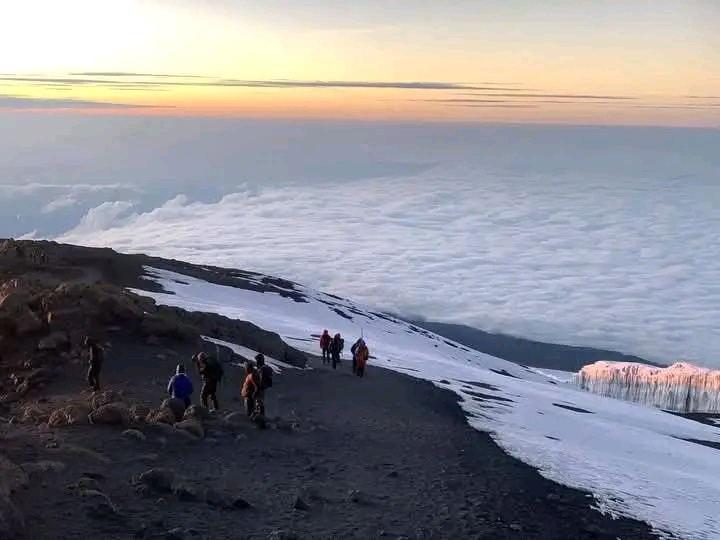
Highlights of the Machame Route
The Machame Route is packed with unforgettable scenery and iconic landmarks.
Lush Rainforest Zone: The trek starts in a beautiful montane forest, offering a chance to see unique wildlife like colobus monkeys and a variety of birds.
Shira Plateau Views: Emerge from the forest onto a vast alpine plateau with sweeping views of Kibo in the distance.
Iconic Barranco Wall: A thrilling and memorable 800-foot scramble up a steep cliff face (non-technical but requires hands-on climbing).
Lava Tower: A surreal, 300-foot-tall volcanic plug standing alone in a starkly beautiful alpine landscape.
Panoramic Summit Vistas: Witnessing the sunrise from the crater rim, with glaciers glistening and Mawenzi peak in the distance, is a truly life-changing experience.
Pros & Cons of the Machame Route
Pros
Spectacular Scenery: Often called the most beautiful route, it offers an incredible variety of landscapes and stunning panoramic views.
High Success Rate: The 7-day itinerary has an excellent acclimatization profile, leading to a high probability of reaching the summit.
Good Value: As a popular route, there are many tour operators, which helps keep prices competitive.
Cons
Very Crowded: Its popularity means you will be sharing the trail and campsites with many other groups, especially on prime dates.
Challenging Sections: The steep ascent to the Shira Plateau and the scramble up the Barranco Wall can be physically demanding.
Camping Only: There are no huts on this route. You will be sleeping in tents for the entire duration of the climb.
Long Summit Day: The final ascent and descent on summit day is extremely long and strenuous.
Practical Information for Machame
Total Duration: 6–7 trekking days, plus at least two travel days (one to arrive and one to depart).
Difficulty: Moderate–Strenuous. Trekkers should have a good level of physical fitness and be prepared for long days and some steep climbs.
Best Months: The best times to climb are during the dry seasons: June–October and January–March. The period from July to September generally offers the most stable weather. Avoid the heavy rains in April, May, and November.
Altitude Gain: Approximately 5,000 meters (16,400 feet) of total ascent to the 5,895-meter (19,341-foot) summit.
Accommodation: All nights are spent at designated campsites in mountain tents provided by your tour operator.
Group Size: Groups typically range from 4 to 12 climbers. Private trips are also widely available for individuals, couples, or groups of friends.
Climb Support: Your climb will be fully supported by a crew including a lead guide, assistant guides, a cook, and porters. Porters carry the bulk of your gear, food, and camping equipment, while climbers carry a small daypack with personal essentials.
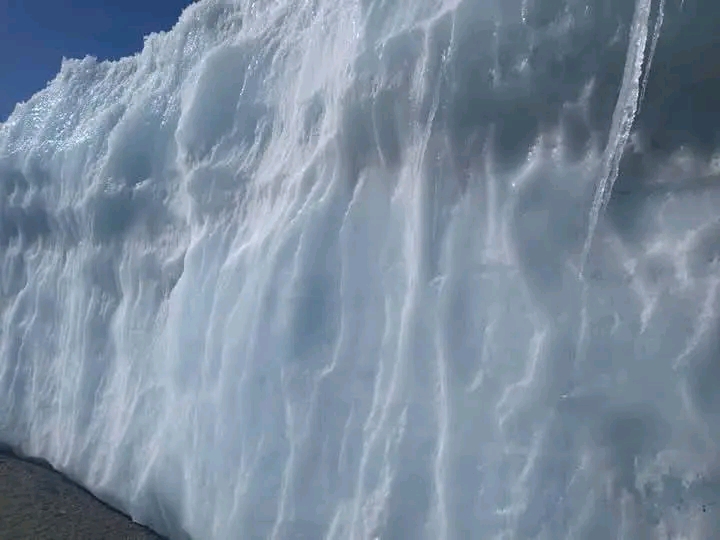
Machame Price & Inclusions
From: Approx. $2,100+ per person
This is for a 7-day group climb and can vary based on the season, group size, and level of service provided by the operator.
Includes:
National Park conservation and camping fees
Professional, licensed mountain guides, porters, and a cook
All meals on the mountain (breakfast, lunch, dinner, and snacks)
Filtered or boiled drinking water
Tents and sleeping mats
Private transport from your hotel to the park gate and back
Excludes:
International flights and visa for Tanzania
Travel insurance (compulsory)
Tips for your mountain crew (guides, porters, cook)
Personal climbing gear rental (sleeping bags, trekking poles, waterproof jackets, boots, etc.)
Airport transfers and hotel accommodations before/after the climb (often bundled in packages)
[Request a Free Quote] – let us check availability and give a personalized price.
Compare the Machame Route With Other Kilimanjaro Routes
Comfort/Huts: Looking for the relative comfort of sleeping in huts? → Marangu Route (5–6 days).
Higher Success: Prefer even better summit odds with a more gradual ascent? → Lemosho Route (7–8 days, ~90% success).
Quieter Experience: Want to avoid the crowds and enjoy more solitude? → Rongai Route (6–7 days, approaches from the north).
See All Kilimanjaro routes here to compare every option.
Machame FAQ
Is 6 days enough on Machame?
For first-time high-altitude trekkers, 6 days is not recommended. The limited acclimatization results in a much lower summit success rate (around 73%) and a higher risk of altitude sickness. The 7-day itinerary is significantly safer and more effective.
What is the success rate of Machame?
The 7-day Machame itinerary has a high success rate of approximately 85%. The 6-day option drops to around 73%. These figures are averages and can be influenced by weather, your personal fitness, and proper preparation.
When is the best time to climb Kilimanjaro through Machame?
The dry seasons are the best times: June through October and January through March. These periods offer the clearest skies and most stable weather. You should avoid the rainy seasons of April to May and November.
How much does the Machame Route cost?
A good quality 7-day guided climb on the Machame Route typically costs between $2,100 and $2,500 per person. Prices vary depending on the operator, group size, and the level of service included.
What gear do I need?
Essential gear includes layered warm clothing (base, mid, and outer layers), sturdy waterproof hiking boots, trekking poles, a headlamp (critical for summit night), a warm four-season sleeping bag, a daypack, sunglasses, and a hat. Most operators offer gear rental for major items.
Trust & Testimonials
“We climbed via Machame with WeAreTanzania. Breathtaking views at every turn, and our guides made sure we reached Uhuru Peak safely! The food was incredible and the crew was like family. An unforgettable experience.” – Anna (Germany).
(Success Rate Graphic: A visual chart illustrating the 85% summit success rate for the 7-day Machame route.)
Ready to Conquer Kilimanjaro?
Ready to conquer Kilimanjaro via the spectacular Machame Route? We’re here to help you plan the climb of a lifetime, ensuring a safe, memorable, and successful journey to the roof of Africa.
[Book the Machame Route now] | [Chat with a Kilimanjaro Expert on WhatsApp]
